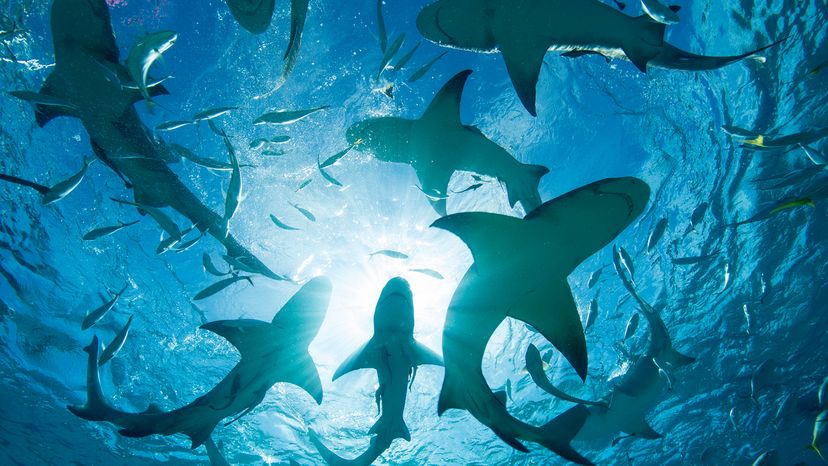
If you're afraid of sharks, stop reading now, because we're about to get in deep with six types of sharks. Learn more about these fascinating fish — big and small, solid and patterned, sluggish and speedy.
Advertisement

If you're afraid of sharks, stop reading now, because we're about to get in deep with six types of sharks. Learn more about these fascinating fish — big and small, solid and patterned, sluggish and speedy.
Advertisement
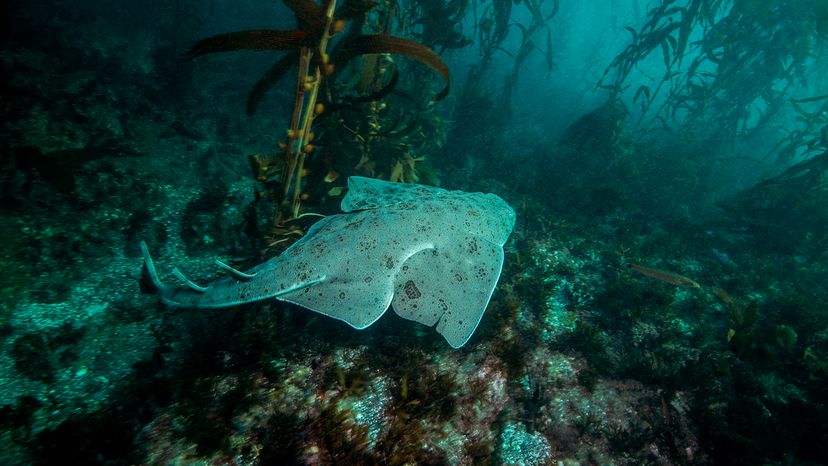
Angel sharks are a group of sharks in the family Squatinidae, the only family in the order Squantiniformes. The name "angel" comes from their flattened pectoral fins, which form a "halo" around the head.
Angel sharks, also known as sand devils, live on the sea floor and ambush their unsuspecting prey. There are 24 species of angel sharks found around the world.
Advertisement
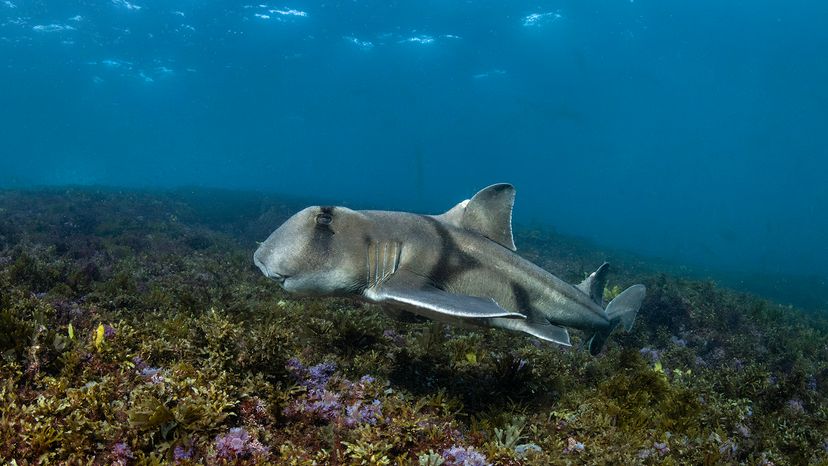
There are about nine shark species in the Heterodontidae, or bullhead shark, family. (Confusingly, the bull shark isn't one of them.) Bullhead sharks are small bottom feeders with wide heads, hence the name "bullhead."
One of the most famous bullheads — and the largest — is the Port Jackson shark (Heterodontus portusjacksoni), an Australian species that can reach up to 5.4 feet (1.65 meters).
Advertisement

Carpet sharks are an eclectic bunch belonging to the order Orectolobiformes. The name "carpet" comes from their appearance; many (but not all) carpet sharks have markings reminiscent of a fancy rug.
Carpet shark species include:
Advertisement
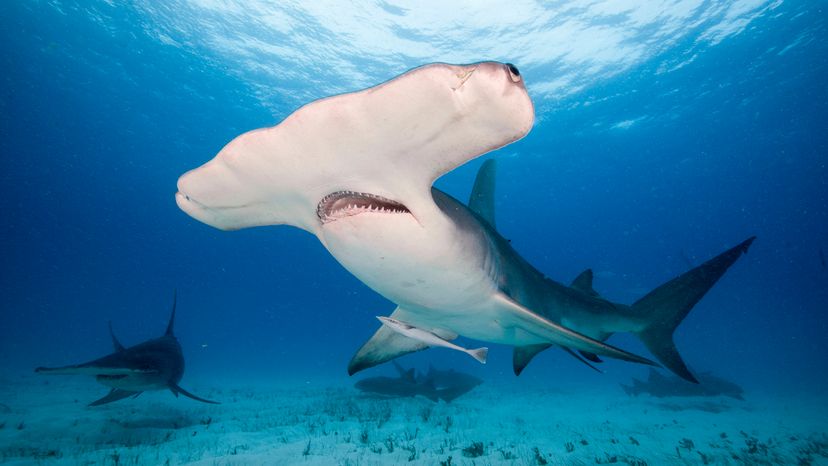
Some people think of the hammerhead shark as a single species, but its actually a family (Sphyrnidae). Hammerhead sharks all have those distinctively shaped heads that give them their name, but they range in size from 3.5 feet (1 meter) long — the bonnethead — to 18 feet (5 meters) long — the aptly named great hammerhead shark.
Advertisement
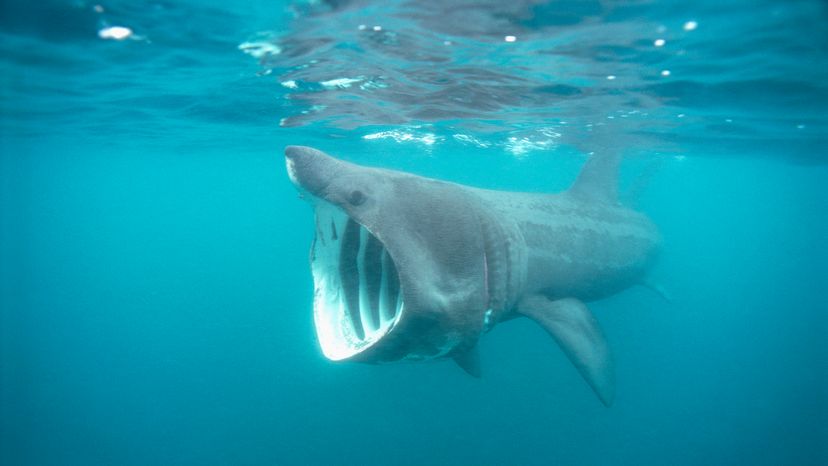
Mackerel sharks (order Lamniformes) are a large group consisting of about 22 species in 10 different families. Some well-known mackerel sharks include:
Advertisement
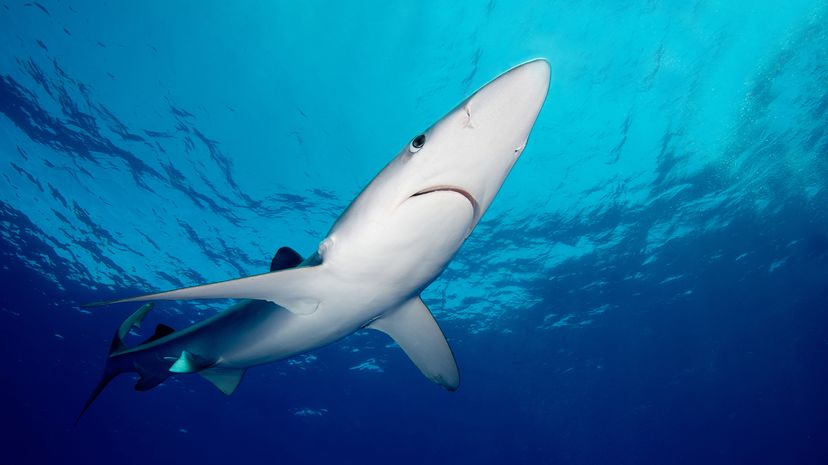
Requiem sharks are large, migratory sharks in the family Carcharhinidae. Requieum shark species include:
Advertisement
Please copy/paste the following text to properly cite this HowStuffWorks.com article:
Advertisement